“It says here that a bolt of lightning is going to strike the clock tower at precisely 10:04 p.m. next Saturday night! If... If we could somehow harness this lightning... channel it into the flux capacitor... it just might work. Next Saturday night, we're sending you back to the future! ” –Doc Brown, Back to the Future
What a week it's been here at Starts With A Bang, and little do you know it, but I've got something special cooked up for the end of the month! In the meantime, here's what we've covered this past, fun-filled week:
- What did the sky look like when Earth first formed? (for Ask Ethan),
- Aquarium Art (for our Weekend Diversion),
- Enceladus: the erupting snowball moon of Saturn (for Mostly Mute Monday),
- Why doesn't a globular cluster collapse? (a great Astroquizzical from Jillian Scudder),
- Have scientists just discovered the first alien civilization? (a KIC 8462852 spectacular from Brian Koberlein),
- The physics of Back to the Future,
- and How dark matter's #1 competitor died (for Throwback Thursday).
I also had a killer new article over at Forbes on alien megastructures:
Our first Patreon-sponsored podcast is having the finishing touches put on, my halloween costume is almost ready, and even though I just was out of commission with nasty dental surgery, the blog didn't skip a beat! With all of that out of the way, let's go right into our Comments of the Week!
From Omega Centauri on the young Earth's skies: "Wasn’t in general the star formation rate a lot higher back then?"
This is a common idea, and it's kind of true. But it isn't quite as true as most people think. Yes, the star formation rate was higher in the past, but the drop-off occurs at a constant rate in logarithmic time, while we experience time linearly.
What this means is that the star formation rate was higher in the past, but back when Earth was very young, it wasn't even twice as great as it is today, meaning there wouldn't even be twice as many bright, prominent blue stars in our sky. (And there are only a few dozen of them today, anyway.) The star formation would've been higher back then, but not by a lot, like it would've been 10 billion years ago. The dominant increase in brightness would've been from the fact that we were inside the young star cluster that gave birth to our Sun; once we were ejected, the night sky would've looked awfully similar to what we experience today.
Image credit: copyright Kingfisher, art by Mark A. Garlick, retrieved from http://spaceart1.ning.com/photo/birth-of-the-moon.
From Rich T on a different aspect of young Earth: "Perhaps the most dramatic difference in the night sky would have been the apparent size of the Moon. Tidal friction has been converting Earth’s rotational energy into lunar revolutionary energy for 4.5 billion years, pushing the Moon further away from us. Its disk may have had a whopping 8 degree diameter when it first formed!"
This is true, and arguably a much bigger deal! After the great impact that resulted in the creation of the Moon, a day on Earth was only 6-8 hours long, and the Moon was most probably (based on the physics we reconstruct) maybe only one tenth the distance from Earth it is today, possibly even closer! This would make the Moon appear much larger, move in a complete "month" on a 72-hour timescale, and Earth's day/night cycle would've been three or four times as fast as it is today. That's a big deal for sure!
From Carl, getting a little philosophical after seeing the aquarium art: "Biggle, a 20th century man, reflects the same sentiment but avoids mention of the conflict inherent in all animals’ life – that we kill to live."
I honestly think the best treatment of this dilemma came in Fullmetal Alchemist: Brotherhood, where Ed and Al (the two protagonist brothers) were thrown into the woods, alone, by their teacher, trainer, and (badass) surrogate mother, Izumi, to figure out the secret to survival.
After finding themselves on the brink of starvation, the kids figure out that they have to eat to survive, and that means they have to kill in order to eat. Alphonse didn't have the heart to take the life of an animal earlier, but when it became a matter of life-and-death, they did it. And they figured out a whole lot more, philosophically, about the circle of life, and what the saying, "all is one and one is all" truly meant.
And all of that came from looking at a miniature still of life from a constructed aquarium? Nice.
From PJ on Enceladus: "Magnificent ! So nice to be able to visit such places."
Most people love to focus on Enceladus as a possible location for underwater alien life, but I think it's all the more fantastic for the possibility of finding the most "advanced" pre-life ingredients! If you were to ask a fossil-hunter 30-40 years ago how long life had been on Earth, they would've told you that you can't really go back more than 1-2 billion years, because all the rocks would've metamorphosed, and we couldn't find evidence of life earlier than that. Since then, we've learned to look for carbon deposits embedded in even older rocks, and were able to push that date back to 3.8 billion years ago. Most recently, this was pushed back to at least 4.1 billion years ago, which brings up an incredible possibility: maybe life-as-we-know-it here on Earth actually existed before Earth?
If that's the case, then there ought to be primitive lifeforms or precursors to lifeforms frozen, perhaps in stasis, on some of the largest Kuiper belt, Oort cloud and other outer solar system bodies. Based on its composition, Enceladus may be exactly such a snow-and-iceball, unique in that it's now in a stable orbit so close in towards us. Simply by flying through its geysers with the right equipment, we could see what sort of organic or precursor-to-life molecules might be present, and perhaps gain a glimpse into the origin of life on Earth... and the potential of life elsewhere in the Solar System and the Universe.
I can't stop thinking about it, anyway!
Image credit: NASA, ESA, and the Hubble Heritage (STScI/AURA)-ESA/Hubble Collaboration. Acknowledgment: J. Mack (STScI) and G. Piotto (University of Padova, Italy).
From Peter Dugdale on the longevity of globular clusters: "This is a question I have asked (perhaps on this forum or elsewhere). The point was that the clusters seem to have little net angular momentum, otherwise, I suppose, they wouldn’t be globular. With the milky way, for example, you can surmise that its net angular momentum leads to its flattened shape and helps prevent collapse.
IIRC, an answer I did get seemed to imply the globulars would collapse eventually, but the collapse time was longer than the current age of the universe."
So I quite liked Jillian's post, and her discussion of mass segregation was very good. An object doesn't need a "net" angular momentum in order to be stable and diffuse; consider the case of elliptical galaxies! These bad boys are humongous, and are stable on timescales of around 10^19-to-10^20 years against the ejection of masses due to gravitational interactions.
Globular clusters are much smaller and more compact, but the same principle applies. If you calculate the lifetime of an isolated globular cluster -- of a large one, like M13 -- it's still very, very large: around 10^14 years or more, much longer than the 10^10 years the Universe has been around. The process of mass ejection is known as violent relaxation, and is a well-studied, well-understood phenomenon among astrophysicists.
From eric on hunting for Earth II: "You’d have to find some really astoundingly better prospect to justify going to Alpha Centauri to terraform a rock vs. going to Saturn to terraform a rock. We’re talking about a factor of 10,000 times difference in distance. So if you don’t know the next system over has anything more suitable for you than a Mars or Ganymede, there is no sense in skipping past Mars or Ganymede to go there."
The justification, of course, is that we hope to find a world that needs minimal terraforming, rather than the huge amounts Mars or Ganymede need. Wouldn't it be amazing if we could just expand our species to other star systems -- to perhaps eventually colonize the galaxy or other galaxies, even -- rather than confine our existence to Earth, and wait for it to become uninhabitable?
There's a whole Universe out there, and I know I'm not alone in wanting to know it all. Moreover, I know that there are plenty even more adventurous than I am who'd gladly give their life to travel through interstellar space on the hope that their descendants could live on a new world around another star. Whether you or I want to go or not, I feel that we should support the endeavor of the human enterprise. I know it sounds a little patriotic, but I feel like I need an "Earth life is #1" sticker.
I'll settle for the Oskar Pernefeldt-designed "Earth flag" instead... for now.
From Rich Shasha on time travel: "Even if backward time travel were possible, it would seem to me a meaningless exercise, since one cannot remember the future."
This is not strictly true in a Universe with closed time-like curves. We are used to our Universe which doesn't have them, but if you were to travel along that path, there are no discontinuities and no "memory wiping" that occurs. You could, in fact, travel along that path, perceiving your "forward motion" through space and time the whole way, and simply wind up at an earlier location in time at the same point in space. You wouldn't be remembering the future, you would be remembering your past, which would again occur at a later time in your future once again.
Now that's fun to think about!
From Alan L. on what we need to perfect dark matter: "What kind of tweak – or new ingredient to the new ingredient – would be needed to make the strongest IDM theory 100% consistent with all observations?"
I assume the "I" in "IDM" stands for "isothermal," since that would be part of my answer! Dark matter, as we try and reconstruct its particle properties, looks like it would need to have some intricate interactions to cause a flattening of the density profile at the cores (to avoid the "cuspy halo problem"), and would also have to have its density fall off a little more quickly than most profiles (NFW, Moore, etc.) predict.
There are many potential solutions:
- self-interactions,
- weak interactions (through the weak force),
- "new force" interactions,
- some type of susceptibility to radiation pressure,
- behavior similar to a gravitational dielectric (which, interestingly, could also reproduce some MOND effects),
and many others. MOND is an interesting phenomenon; dark matter is an interesting theory. That's the big difference.
Thanks for a great week of comments, everyone, and looking forward already to the week ahead!
- Log in to post comments

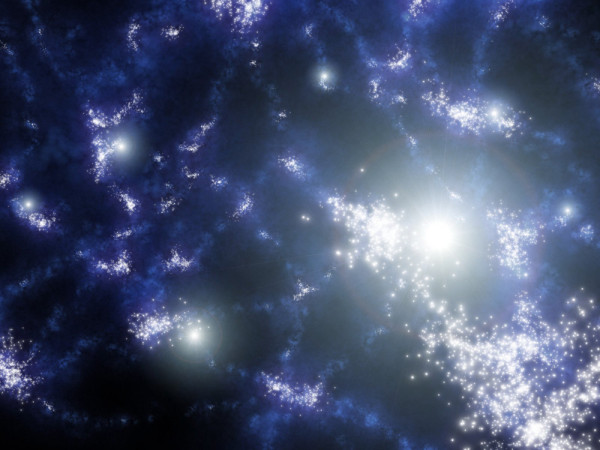


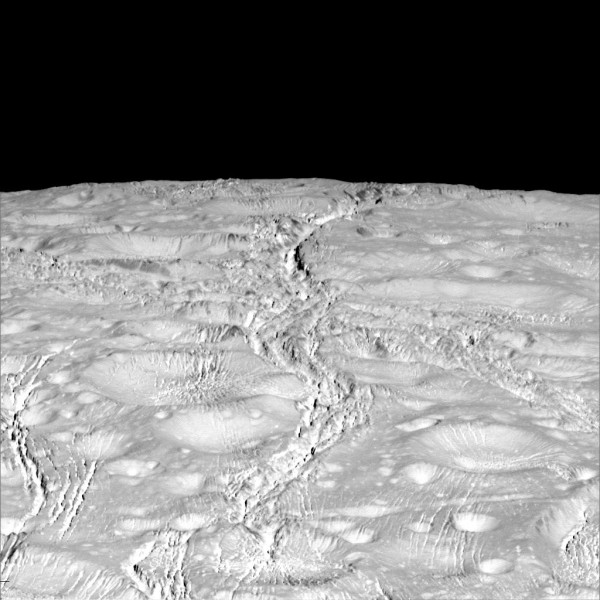
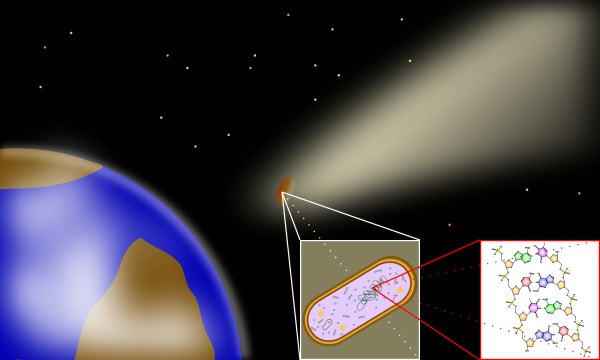
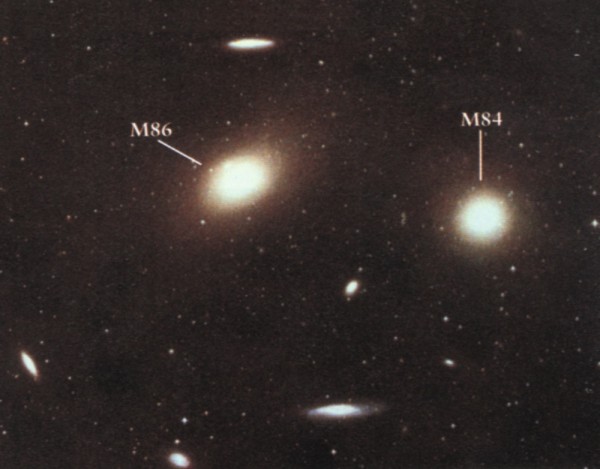
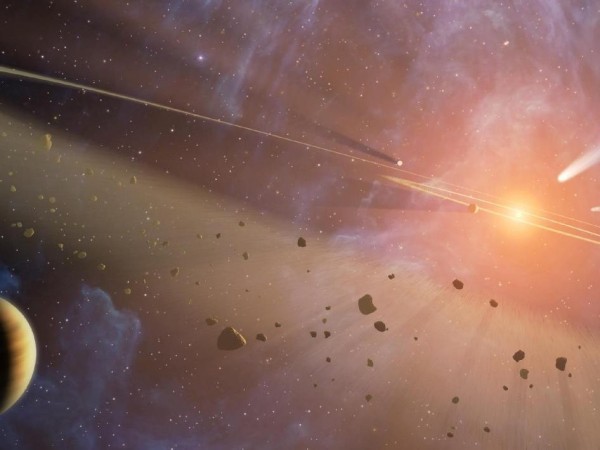
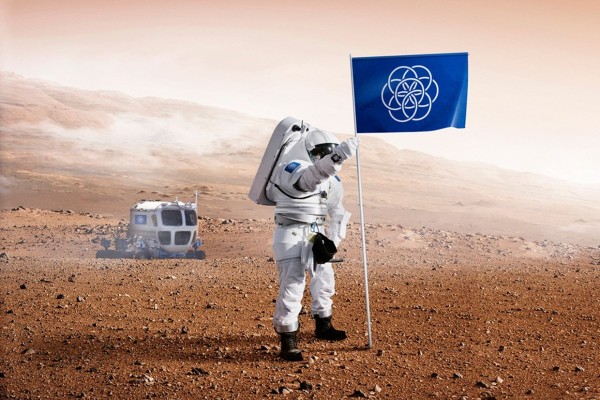
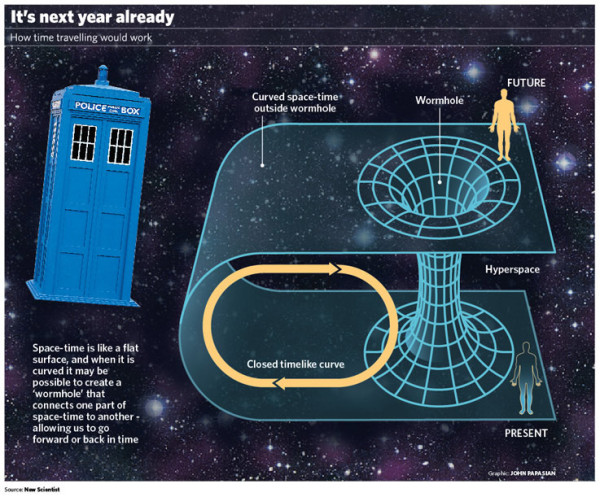
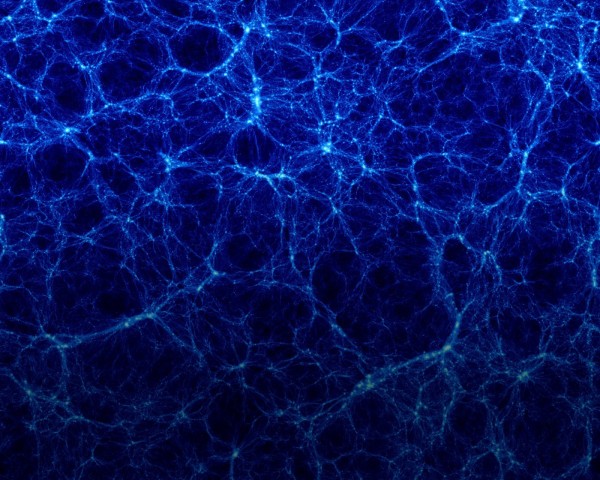
This is my first visit to this blog.
I chose it because of its name and I will start with just one question:
Do we actually know, without a doubt, that the Big Bang was an instantaneous event?
Because if it was not, that could explain many things...
Bruno
@Bruno #1: One thing you may want to do is read Ethan's many, MANY previous articles which directly address the "big bang," what is, what it is not, and all of the many misconceptions non-astrophysicists have about it.
Our best understanding, which is consistent with all of the many different observations we have, is that there was a period of _at_least_ 10^-33 seconds, and possibly much longer, where our region of spacetime expanded exponentially rapidly. When that period ended, the energy which had been driving the expansion became "free energy", converting into particle-antiparticle pairs, photons, and all the rest of the subatomic zoo (i.e., a very hot soup!). The expansion rate changed to linear, and the resulting universe began it's slow expansion and cooling.
@Ethan, although most would agree with you that dark matter is at a higher level concerning possibilities than MOND, some like me would put them in the same category; from this perspective both at best might be considered as hypotheses, and at least pure speculation.
@Bruno,
"Do we actually know, without a doubt, that the Big Bang was an instantaneous event?"
Of course we don't know without doubt whether there was even a Big Bang at all, but it is presently the dominant theory generally without competition.
Inflation hypotheses propose that the beginning expansions of the universe, assuming there was one, happened very quickly. How quickly depends on the particular Inflation hypothesis.
Well yes, but mere hope is not a reason to pack up the entire civilization and go in the scenario we were discussing (the sun's natural evolution, which will cause it to heat up and make the Earth uninhabitable over the next 3bn years). We have a several billion year head start on that, and hopefully in that time astronomical capabilities will allow us to characterize in detail what is in other systems. IOW hopefully we will know whether some system we can reach has a better prospect. If it does, then we'll do the calculus of energy required for journey + easier terraforming vs. energy required for local harder terraforming. But if it doesn't, then the most rational strategy is to move civilization only as far out into the solar system as needed to account for the sun's normal evolutionary fluctuations.
@Forrest Noble #3: You write, "both at best might be considered as hypotheses, and at least pure speculation." Clearly you're not an actual physicist with knowledge of the field. That statement, by itself, smells putridly of the popular "but it's just a theory" canard.
Ethan has outlined, in many posts, the multiple, independent, and verifiable lines of evidence which support the dark matter hypothesis. Those do not have to be reiterated here (presuming the readership is competent to go read Ethan's posts).
He has also pointed out the primary shortcoming of MOND as a cosmological tool: it explains, very well, exactly _one_ of the multiple independent lines of evidence for dark matter. It specifically CANNOT explain any of the other lines of evidence.
That makes it, ipso facto, inadequate as a viable theory -- it cannot explain existing observations on its own, and requires additional assumptions (in particular, it still requires dark matter!) to do so.
At the very least, MOND, explaining only part of the problem, cannot be the entire solution, whereas DM can.
So if MOND is true, we STILL need dark matter.
If Dark Matter is the correct explanation, then we don't need MOND.
See Occam's Razor for why we choose Dark Matter to concentrate on.
As is plainly evident from the (quote mined and misrepresented) academic work, this IS NOT indicating that MOND is not being worked on at all as if science were some sort of religion, and MOND therefore heretical.